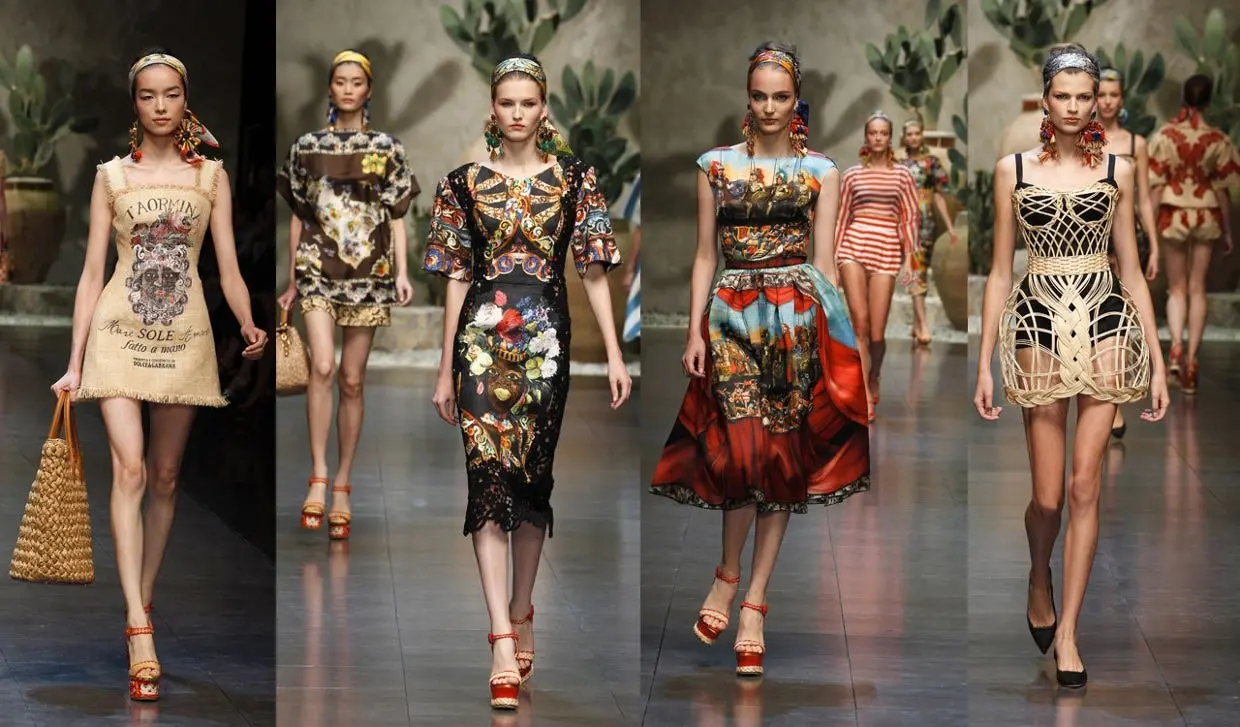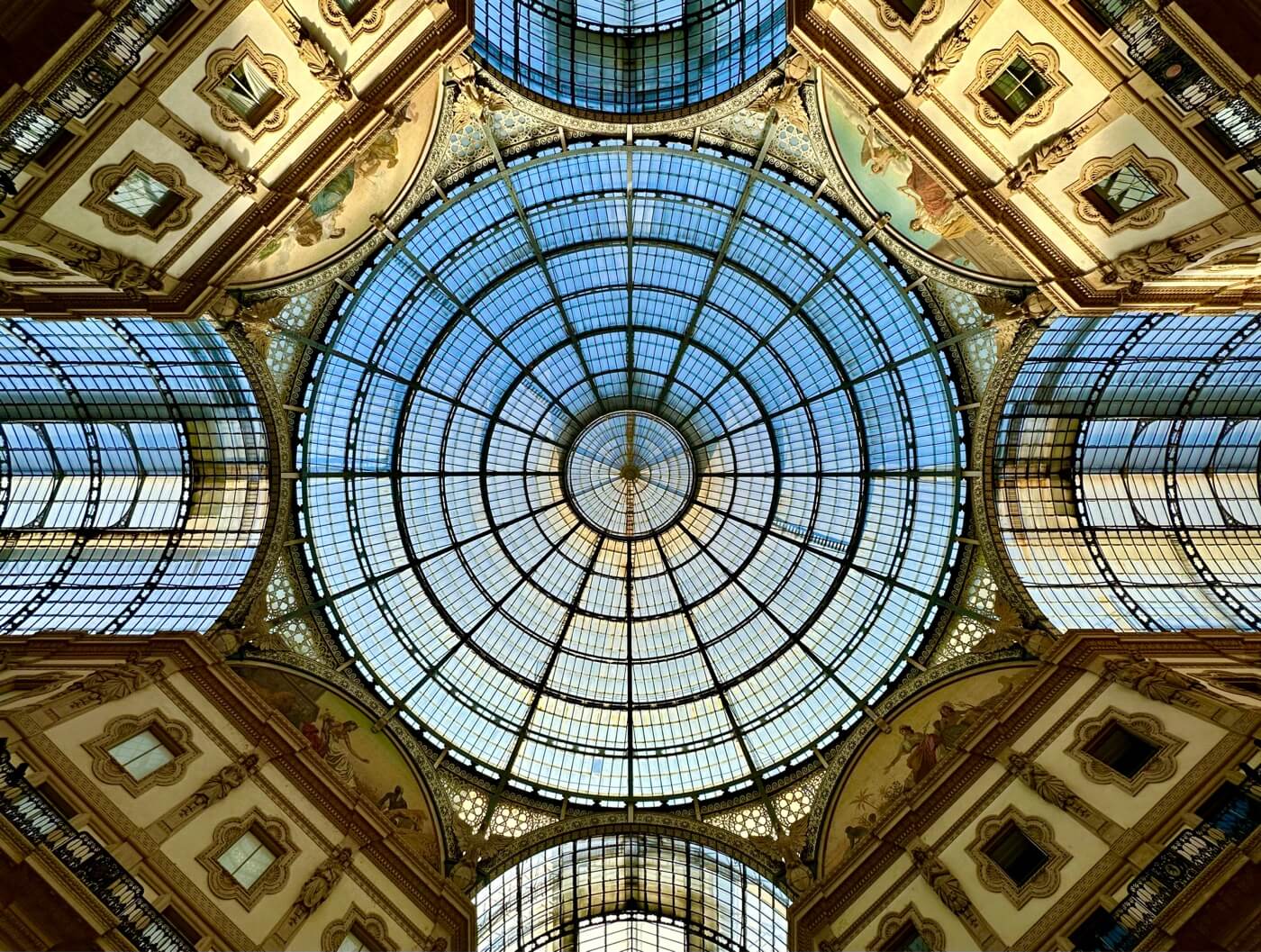Introduction:
Aesthetic harmony, the perception of beauty as an organized, balanced whole, has fascinated philosophers, artists, and cultural theorists for centuries. But is it a universal concept, an intrinsic part of human experience, or is it shaped by the specific cultural contexts we inhabit? In a world teeming with diverse perspectives, beliefs, and traditions, the debate around whether aesthetic harmony is universal or cultural becomes both a philosophical and practical inquiry.
This article explores the concept of aesthetic harmony from both angles, addressing its cultural dimensions, universal qualities, and the interplay between the two.
What is Aesthetic Harmony?
Aesthetic harmony refers to the pleasing arrangement of elements that creates a sense of balance, coherence, and beauty. It can be found in nature, art, music, architecture, and even human relationships. The idea suggests that beauty isn’t just about individual components—colors, shapes, sounds, or movements—but how they work together in a complementary, balanced manner.
In visual art, for instance, harmony might refer to the way different colors or shapes complement each other, creating a cohesive whole. In music, it could involve the blending of various notes to form a chord that sounds pleasing to the ear. In architecture, harmony might be seen in the proportions of a building or the relationship between the structure and its surroundings.
A Universal Perspective: Aesthetic Harmony as an Innate Human Experience

From a universal standpoint, aesthetic harmony is often seen as something innate to human nature. The idea of universal beauty dates back to Plato, who argued that beauty is an objective quality inherent in the world, a reflection of the divine and immutable order of the cosmos. According to this view, certain aesthetic principles—like balance, symmetry, and proportion—are not culturally specific, but rather are built into our perceptual systems.
Evolutionary Psychology and Aesthetic Preferences
Evolutionary psychology offers another lens for understanding aesthetic harmony as a universal experience. Researchers in this field argue that humans have evolved to perceive certain patterns, colors, and forms as beautiful because they signal health, fertility, or safety. For example, symmetrical faces are often seen as more attractive because symmetry is linked to genetic fitness. Similarly, landscapes that offer a combination of open space and water might evoke feelings of tranquility because they suggest a safe and resource-rich environment.
Moreover, the presence of geometric harmony in nature—such as the spirals of seashells or the symmetry of flowers—suggests that humans might be hardwired to appreciate certain patterns, regardless of cultural context.
Philosophical Perspectives: Kant and the Universality of Aesthetic Judgment
Philosopher Immanuel Kant famously argued that aesthetic judgments of beauty, such as the appreciation of harmony, could be universally shared. In his Critique of Judgment (1790), Kant claimed that when individuals experience something as beautiful, they do so in a way that is not determined by personal desires or cultural influences. This suggests that there may be a universal “sense of beauty” shared by all humans, one that transcends cultural or individual preferences.
Kant’s theory posits that humans, as rational beings, can recognize harmony and beauty in a way that is independent of subjective influences, which would support the idea of a universal aesthetic experience.
A Cultural Perspective: Aesthetic Harmony as a Social Construct
While there is evidence supporting the universality of certain aesthetic principles, many scholars argue that aesthetic harmony is culturally shaped. The perception of beauty, including what constitutes harmony, varies dramatically across different societies. Cultural values, historical contexts, and environmental factors all play a crucial role in shaping how individuals and communities define and experience aesthetic harmony.
Cultural Variability in Aesthetic Preferences
Consider the contrast between Western and Eastern concepts of beauty. In Western art traditions, symmetry and balance are often seen as essential to aesthetic harmony, reflecting ideals of proportion and order. In classical Greek art, for example, the golden ratio was considered a fundamental principle of beauty. Similarly, Renaissance artists like Leonardo da Vinci and Michelangelo sought to capture harmony through symmetry and proportion.
In contrast, in much of East Asian art, including Chinese and Japanese traditions, beauty is often found in asymmetry, fluidity, and imperfection. The Japanese aesthetic concept of wabi-sabi, which celebrates the beauty of imperfection and transience, reflects a different approach to harmony than the Western ideal of perfect symmetry.
This cultural diversity in the perception of aesthetic harmony shows that what constitutes “beautiful” or “harmonious” is often culturally dependent. Aesthetic harmony, then, may be a social construct—shaped by local customs, religious beliefs, and historical legacies—rather than an innate, universally shared experience.
Case Studies: Cultural Differences in Aesthetic Harmony

- Islamic Art: One striking example of culturally specific aesthetic harmony can be found in Islamic art. Islamic aesthetics often avoid representational depictions of the human form, focusing instead on intricate geometric patterns, calligraphy, and abstract designs. The harmony in Islamic art is not derived from naturalistic representations but from the repetition and interrelation of geometric shapes and patterns that create a sense of order and transcendence.
- African Art: In many African cultures, art and aesthetics are deeply intertwined with ritual, spirituality, and social function. The harmony in African art is often based on symbolic representations, where patterns, colors, and forms have specific cultural meanings. The asymmetry, boldness, and stylized forms in African masks and sculptures are not deviations from harmony but expressions of a different understanding of balance and beauty.
- Western Classical Music: In Western classical music, harmonic structures like the major and minor scales and the use of counterpoint and dissonance create a sense of balance and resolution. This approach to musical harmony reflects a cultural preference for organized, logical progression—an aesthetic rooted in European intellectual traditions and social history.
Interplay Between the Universal and the Cultural
While cultural influences certainly shape our understanding and experience of aesthetic harmony, there is evidence to suggest that certain principles of harmony resonate across cultures. Perhaps the true nature of aesthetic harmony lies in the interplay between the universal and the cultural—where certain principles may be universally recognized, but their manifestation and interpretation are shaped by cultural context.
Globalization and Cross-Cultural Influence
The increasing globalization of art, music, and design has led to greater cross-cultural exchange and the blending of aesthetic ideals. The fusion of Eastern and Western styles in contemporary art and architecture, for instance, demonstrates how different cultural approaches to harmony can coexist and complement each other.
The rise of global media and digital platforms has allowed diverse cultural expressions to intermingle, leading to a more hybridized understanding of beauty. The question now is no longer whether aesthetic harmony is universal or cultural, but how cultures can influence and learn from one another to create more inclusive and varied interpretations of beauty.
Conclusion: Aesthetic Harmony as a Dynamic Concept
In conclusion, the concept of aesthetic harmony is both universal and cultural. On one hand, certain principles of balance, proportion, and symmetry seem to resonate across human societies, suggesting an innate appreciation for harmony. On the other hand, the way harmony is defined and expressed is deeply shaped by cultural norms, historical contexts, and social structures.
Ultimately, aesthetic harmony is a dynamic concept that evolves through the interplay of universal human perceptions and the cultural landscapes in which we live. As we continue to explore and appreciate the richness of different cultural traditions, we come to realize that the beauty of harmony lies not just in its perfection but in its diversity.



















































